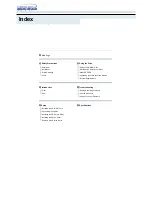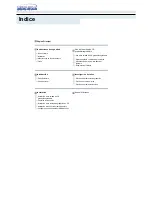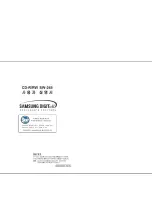
The threshold can be adjusted in
parameter 2-14 Brake
voltage reduce
, with 70-V range.
NOTICE
Make sure that the brake resistor can cope with a
voltage of 410 V or 800 V.
Danfoss recommends calculating the brake resistance R
rec
according to the following formula. The recommended
brake resistance guarantees that the frequency converter is
able to brake at the highest braking torque (M
br(%)
) of
160%.
R
rec
Ω =
U
dc
2
x 100x 0.83
P
motor
x M
br
( % )
xη
VLT
x η
motor
η
motor
is typically at 0.80 (
≤
7.5 kW (10 hp)); 0.85 (11–22 kW
(15–30 hp))
η
VLT
is typically at 0.97
For FC 280, R
rec
at 160% braking torque is written as:
480V : R
rec
= 396349
P
motor
Ω
1)
480V : R
rec
= 397903
P
motor
Ω
2)
1) For frequency converters ≤7.5 kW (10 hp) shaft output.
2) For frequency converters 11–22 kW (15–30 hp) shaft
output.
NOTICE
The resistance of the brake resistor should not be higher
than the value recommended by Danfoss. For brake
resistors with a higher ohmic value, the 160% braking
torque may not be achieved because the frequency
converter might cut out for safety reasons.
The resistance should be bigger than R
min
.
NOTICE
If a short circuit in the brake transistor occurs, prevent
power dissipation in the brake resistor by using a mains
switch or contactor to disconnect the mains for the
frequency converter. The frequency converter can control
the contactor.
NOTICE
Do not touch the brake resistor because it can get hot
during braking. To avoid fire risk, place the brake resistor
in a secure environment.
2.9.4 Control with Brake Function
The brake is protected against short-circuiting of the brake
resistor, and the brake transistor is monitored to ensure
that short-circuiting of the transistor is detected. A relay/
digital output can be used for protecting the brake resistor
from overloading caused by a fault in the frequency
converter.
In addition, the brake enables readout of the momentary
power and the mean power for the latest 120 s. The brake
can also monitor the power energizing and make sure that
it does not exceed a limit selected in
parameter 2-12 Brake
Power Limit (kW)
.
NOTICE
Monitoring the brake power is not a safety function. A
thermal switch is required to prevent the brake power
from exceeding the limit. The brake resistor circuit is not
ground leakage protected.
Overvoltage control (OVC)
(exclusive brake resistor) can be
selected as an alternative brake function in
parameter 2-17 Over-voltage Control
. This function is active
for all units. The function ensures that a trip can be
avoided if the DC-link voltage increases. This is done by
increasing the output frequency to limit the voltage from
the DC link. It is a useful function, for example if the ramp-
down time is too short to avoid tripping of the frequency
converter. In this situation, the ramp-down time is
extended.
NOTICE
OVC can be activated when running a PM motor (when
parameter 1-10 Motor Construction
is set to
[1] PM non-
salient SPM
).
2.10 Smart Logic Controller
Smart logic control (SLC) is a sequence of user-defined
actions (see
parameter 13-52 SL Controller Action
[x])
executed by the SLC when the associated user-defined
event (see
parameter 13-51 SL Controller Event
[x]) is
evaluated as true by the SLC.
The condition for an event can be a particular status or
that the output from a logic rule or a comparator operand
becomes TRUE. That leads to an associated action as
shown in
Product Overview
VLT
®
Midi Drive FC 280
42
Danfoss A/S © 03/2016 All rights reserved.
MG07B102
2
2
















































